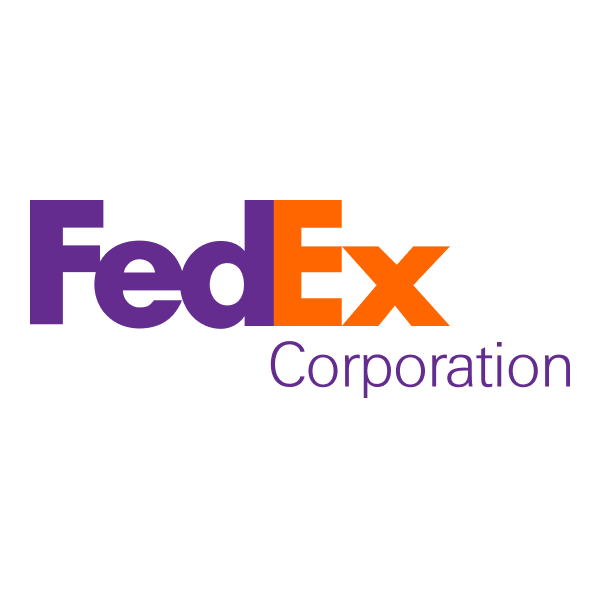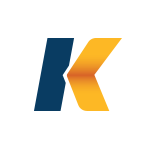
Definity Financial Corp
TSX:DFY


| US |

|
Johnson & Johnson
NYSE:JNJ
|
Pharmaceuticals
|
| US |

|
Berkshire Hathaway Inc
NYSE:BRK.A
|
Financial Services
|
| US |

|
Bank of America Corp
NYSE:BAC
|
Banking
|
| US |

|
Mastercard Inc
NYSE:MA
|
Technology
|
| US |

|
UnitedHealth Group Inc
NYSE:UNH
|
Health Care
|
| US |

|
Exxon Mobil Corp
NYSE:XOM
|
Energy
|
| US |

|
Pfizer Inc
NYSE:PFE
|
Pharmaceuticals
|
| US |

|
Palantir Technologies Inc
NYSE:PLTR
|
Technology
|
| US |

|
Nike Inc
NYSE:NKE
|
Textiles, Apparel & Luxury Goods
|
| US |

|
Visa Inc
NYSE:V
|
Technology
|
| CN |

|
Alibaba Group Holding Ltd
NYSE:BABA
|
Retail
|
| US |

|
JPMorgan Chase & Co
NYSE:JPM
|
Banking
|
| US |

|
Coca-Cola Co
NYSE:KO
|
Beverages
|
| US |

|
Walmart Inc
NYSE:WMT
|
Retail
|
| US |

|
Verizon Communications Inc
NYSE:VZ
|
Telecommunication
|
| US |

|
Chevron Corp
NYSE:CVX
|
Energy
|
Utilize notes to systematically review your investment decisions. By reflecting on past outcomes, you can discern effective strategies and identify those that underperformed. This continuous feedback loop enables you to adapt and refine your approach, optimizing for future success.
Each note serves as a learning point, offering insights into your decision-making processes. Over time, you'll accumulate a personalized database of knowledge, enhancing your ability to make informed decisions quickly and effectively.
With a comprehensive record of your investment history at your fingertips, you can compare current opportunities against past experiences. This not only bolsters your confidence but also ensures that each decision is grounded in a well-documented rationale.
Do you really want to delete this note?
This action cannot be undone.

| 52 Week Range |
53.67
79.37
|
| Price Target |
|
We'll email you a reminder when the closing price reaches CAD.
Choose the stock you wish to monitor with a price alert.

|
Johnson & Johnson
NYSE:JNJ
|
US |

|
Berkshire Hathaway Inc
NYSE:BRK.A
|
US |

|
Bank of America Corp
NYSE:BAC
|
US |

|
Mastercard Inc
NYSE:MA
|
US |

|
UnitedHealth Group Inc
NYSE:UNH
|
US |

|
Exxon Mobil Corp
NYSE:XOM
|
US |

|
Pfizer Inc
NYSE:PFE
|
US |

|
Palantir Technologies Inc
NYSE:PLTR
|
US |

|
Nike Inc
NYSE:NKE
|
US |

|
Visa Inc
NYSE:V
|
US |

|
Alibaba Group Holding Ltd
NYSE:BABA
|
CN |

|
JPMorgan Chase & Co
NYSE:JPM
|
US |

|
Coca-Cola Co
NYSE:KO
|
US |

|
Walmart Inc
NYSE:WMT
|
US |

|
Verizon Communications Inc
NYSE:VZ
|
US |

|
Chevron Corp
NYSE:CVX
|
US |
This alert will be permanently deleted.
Definity Financial Corp
Definity Financial Corp., a notable name in the realm of Canadian insurance, commands attention with its calculated evolution from a regional player to a significant force in the industry. Its roots stem from the century-old Economical Mutual Insurance Company, an entity well-versed in navigating the fluctuating tides of the insurance sector. The turning point for Definity came through its demutualization process, a strategic transformation where it transitioned from a mutual company owned by its policyholders to a publicly traded entity. This move marked a bold step toward broadening its financial horizons and enhancing its strategic capabilities. Definity’s operational strategy revolves around offering a rich tapestry of personal and commercial insurance products, ranging from home, auto, and property insurance to specialized services catering to businesses. Through this comprehensive approach, Definity has adeptly built a diversified portfolio, tapping into various customer segments and ensuring steady revenue streams.
The way Definity makes money is a textbook example of the insurance business model: collecting premiums, investing them wisely, and skillfully managing claims. It thrives on its ability to underwrite risk accurately, setting premiums at levels that align with their clients’ risk profiles. This aptitude is complemented by disciplined expense management and a strategic investment portfolio designed to generate returns that contribute significantly to its profit margins. As claims fluctuate, Definity’s robust reserve management and reinsurance strategies buffer against exposures, ensuring that the firm can meet its obligations while maintaining profitability. By fusing traditional insurance practices with modern data analytics and digital customer engagement, Definity not only safeguards its current operations but also positions itself for sustainable growth in an increasingly competitive marketplace.

Definity Financial Corp., a notable name in the realm of Canadian insurance, commands attention with its calculated evolution from a regional player to a significant force in the industry. Its roots stem from the century-old Economical Mutual Insurance Company, an entity well-versed in navigating the fluctuating tides of the insurance sector. The turning point for Definity came through its demutualization process, a strategic transformation where it transitioned from a mutual company owned by its policyholders to a publicly traded entity. This move marked a bold step toward broadening its financial horizons and enhancing its strategic capabilities. Definity’s operational strategy revolves around offering a rich tapestry of personal and commercial insurance products, ranging from home, auto, and property insurance to specialized services catering to businesses. Through this comprehensive approach, Definity has adeptly built a diversified portfolio, tapping into various customer segments and ensuring steady revenue streams.
The way Definity makes money is a textbook example of the insurance business model: collecting premiums, investing them wisely, and skillfully managing claims. It thrives on its ability to underwrite risk accurately, setting premiums at levels that align with their clients’ risk profiles. This aptitude is complemented by disciplined expense management and a strategic investment portfolio designed to generate returns that contribute significantly to its profit margins. As claims fluctuate, Definity’s robust reserve management and reinsurance strategies buffer against exposures, ensuring that the firm can meet its obligations while maintaining profitability. By fusing traditional insurance practices with modern data analytics and digital customer engagement, Definity not only safeguards its current operations but also positions itself for sustainable growth in an increasingly competitive marketplace.
Record Results: Definity reported record Q3 results, highlighted by strong underwriting performance, higher investment income, and robust broker platform contributions.
Combined Ratio: The company posted a combined ratio of 89.4% in Q3, reflecting significant improvement and staying below 90% for the quarter.
Premium Growth: Gross written premiums grew 7.5% in Q3, with all core lines showing momentum and growth in line with expectations.
Travelers Acquisition: The Travelers transaction is progressing ahead of schedule, with financing completed and closing now expected in early Q1 2026.
ROE and Book Value: Operating return on equity reached 12.5% over the past 12 months, and book value per share increased by 24% year-over-year.
Broker Platform Outperformance: The national broker platform delivered over $73 million year-to-date and is ahead of its target, fueled by both organic and acquisition-driven growth.
Guidance Maintained: Definity remains confident in achieving a sustainable mid-teens operating ROE post-Travelers integration and reiterated confidence in full-year targets for combined ratios and growth.
Claims Transformation: Completion of the Guidewire ClaimCenter rollout delivered a 19% improvement in auto claim cycle time, boosting operational efficiency and customer experience.
















































